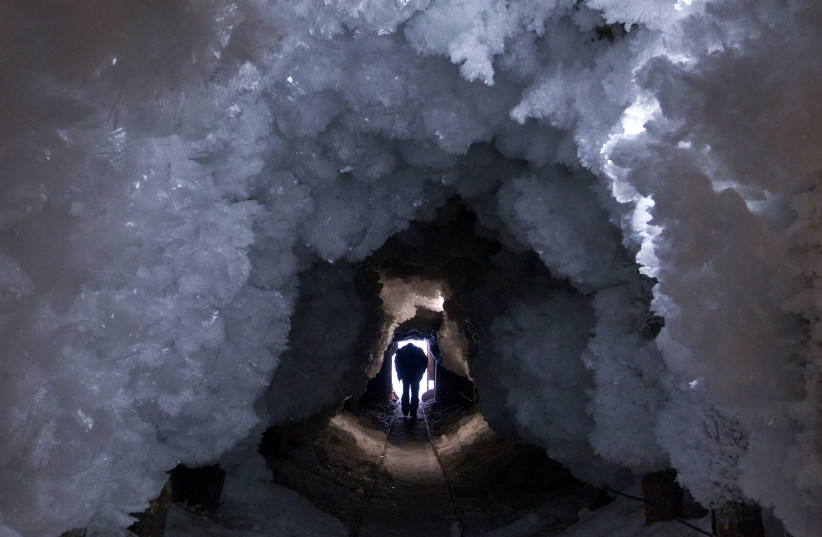Scientists discover ancient ‘zombie’ viruses in Siberian permafrost

Due to climate change, thawing permafrost is releasing once-frozen ancient organic matter into the modern ecosystem.
Thirteen ancient "zombie" viruses were recently discovered in ancient Siberian permafrost samples by scientists across Europe and Russia who declared that they pose a legitimate threat to the public.
The viruses are so called "zombie viruses" due to their revival when permafrost melts.
Permafrost refers to permanently frozen ground, which covers approximately one-quarter of the land in the northern hemisphere, according to a study published in late February in the peer-reviewed journal Viruses.
Climate change awakening ancient viruses
Due to climate change, thawing permafrost is releasing once-frozen ancient organic matter into the modern ecosystem, including viruses that have remained inactive for millennia. Most of the organic matter decomposes into carbon dioxide and methane, contributing to the existing greenhouse gas effect in Earth's atmosphere.
CNN noted that an anthrax outbreak in Siberia in 2016 that affected dozens of people and over 2,000 reindeer was linked to the thawing of permafrost during especially hot summers, exposing spores of the bacteria Bacillus anthracis from old burial grounds or animal carcasses.
The researchers explained that the viruses belong to five different clades (groups of organisms that includes a single ancestor) infecting the Acanthamoeba, which is "a microscopic, free-living amoeba (a single-celled living organism), that can cause rare but severe infections of the eye, skin, and central nervous system," the CDC states. The study also stated that the one infection of the Acanthamoeba remained for more than 48,500 years while in deep permafrost.
Birgitta Evengård, professor emerita at the Department of Clinical Microbiology at Sweden's Umea University, said people should monitor the risk posed by possible pathogens in thawing permafrost but cautioned against alarmism, according to CNN.
“You must remember our immune defense has been developed in close contact with microbiological surroundings,” she said. “If there is a virus hidden in the permafrost that we have not been in contact with for thousands of years, it might be that our immune defense is not sufficient. It is correct to have respect for the situation and be proactive and not just reactive. And the way to fight fear is to have knowledge.”
However, “the risk is bound to increase in the context of global warming, in which permafrost thawing will keep accelerating, and more people will populate the Arctic in the wake of industrial ventures,” warned Jean-Michel Claverie, professor emeritus of medicine and genomics at the Aix-Marseille University School of Medicine in Marseille, France.
The Environment and Climate Change portal is produced in cooperation with the Goldman Sonnenfeldt School of Sustainability and Climate Change at Ben-Gurion University of the Negev. The Jerusalem Post maintains all editorial decisions related to the content.
Jerusalem Post Store
`; document.getElementById("linkPremium").innerHTML = cont; var divWithLink = document.getElementById("premium-link"); if (divWithLink !== null && divWithLink !== 'undefined') { divWithLink.style.border = "solid 1px #cb0f3e"; divWithLink.style.textAlign = "center"; divWithLink.style.marginBottom = "15px"; divWithLink.style.marginTop = "15px"; divWithLink.style.width = "100%"; divWithLink.style.backgroundColor = "#122952"; divWithLink.style.color = "#ffffff"; divWithLink.style.lineHeight = "1.5"; } } (function (v, i) { });

